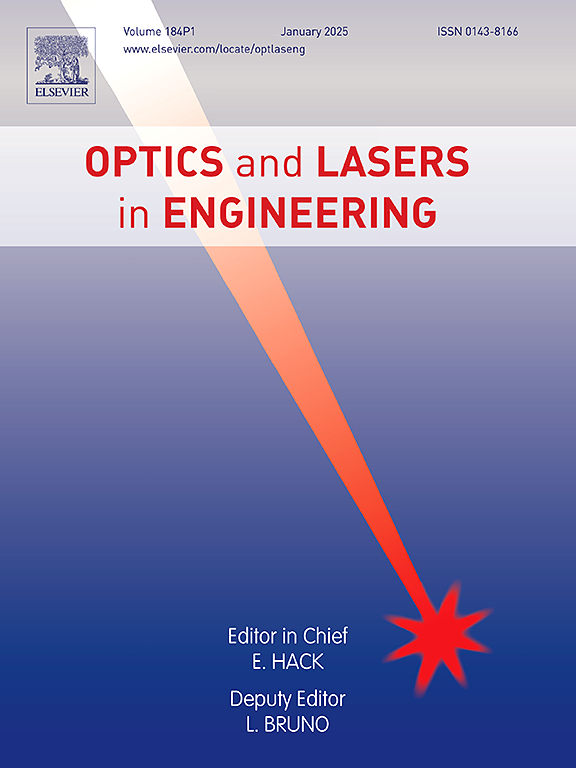Weld tracking technology for all-position welding of pipes based on laser vision
IF 3.5
2区 工程技术
Q2 OPTICS
引用次数: 0
Abstract
The research is conducted on weld seam tracking technology for the all-position welding process of large-sized groove process pipelines. Firstly, a three-point positioning method for pipeline groove features using laser stripes is proposed to sense the position of the weld and plan the welding torch posture. Then, to solve the problem that large spatter and strong arc interference during pipeline welding, an improved DeepLab V3+ model is used to extract laser stripes from weld seam tracking images. Based on the characteristics of the laser stripes, a gradient descent-based method for locating feature points of the weld is proposed. Finally, based on welding technology experiments, a welding parameter selection model was constructed using a neural network combined with the experience of welders. The experimental results show that the feature point extraction algorithm proposed in this paper has better robustness and adaptability than traditional methods. When the laser stripe front distance is 30 mm, the tracking error of the weld seam tracking system is within 0.35 mm, and the single image processing time is within 0.15 s.
求助全文
约1分钟内获得全文
求助全文
来源期刊

Optics and Lasers in Engineering
工程技术-光学
CiteScore
8.90
自引率
8.70%
发文量
384
审稿时长
42 days
期刊介绍:
Optics and Lasers in Engineering aims at providing an international forum for the interchange of information on the development of optical techniques and laser technology in engineering. Emphasis is placed on contributions targeted at the practical use of methods and devices, the development and enhancement of solutions and new theoretical concepts for experimental methods.
Optics and Lasers in Engineering reflects the main areas in which optical methods are being used and developed for an engineering environment. Manuscripts should offer clear evidence of novelty and significance. Papers focusing on parameter optimization or computational issues are not suitable. Similarly, papers focussed on an application rather than the optical method fall outside the journal''s scope. The scope of the journal is defined to include the following:
-Optical Metrology-
Optical Methods for 3D visualization and virtual engineering-
Optical Techniques for Microsystems-
Imaging, Microscopy and Adaptive Optics-
Computational Imaging-
Laser methods in manufacturing-
Integrated optical and photonic sensors-
Optics and Photonics in Life Science-
Hyperspectral and spectroscopic methods-
Infrared and Terahertz techniques
 求助内容:
求助内容: 应助结果提醒方式:
应助结果提醒方式:


